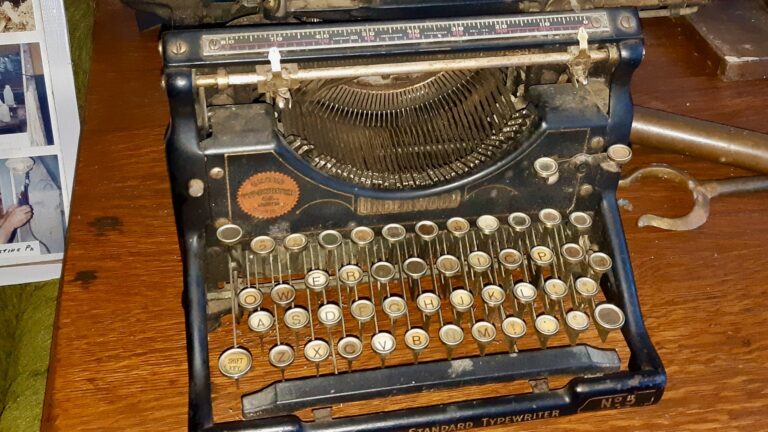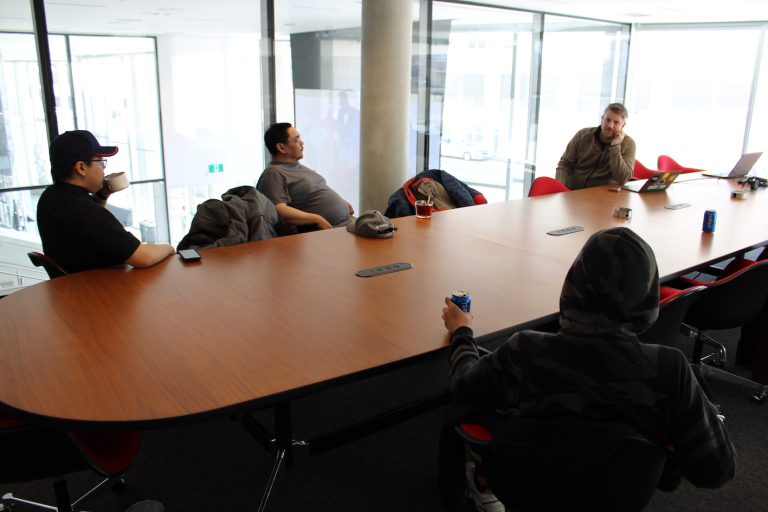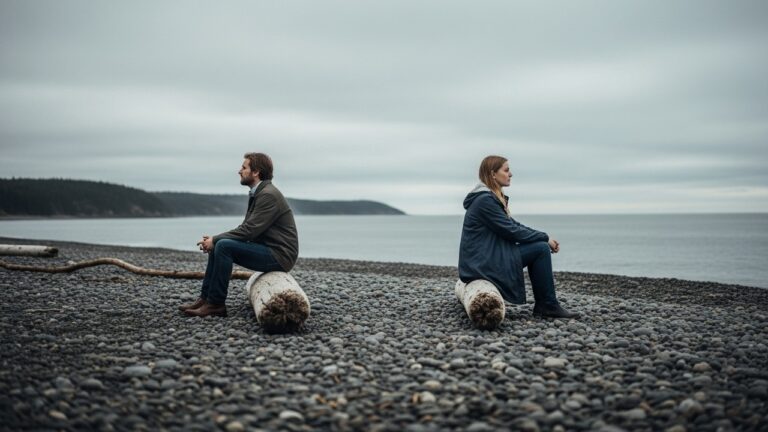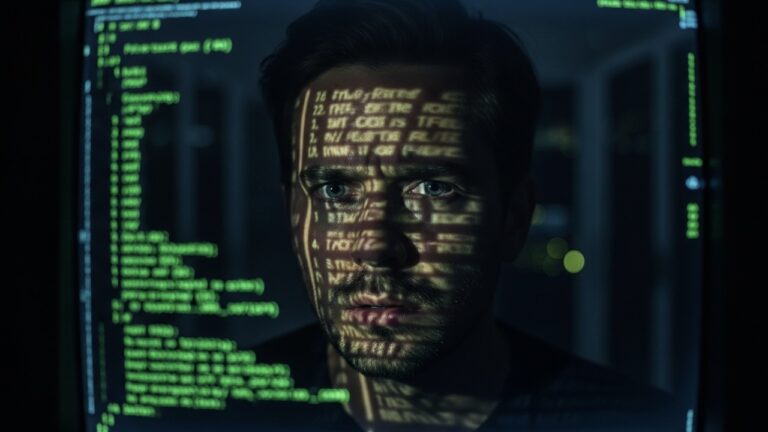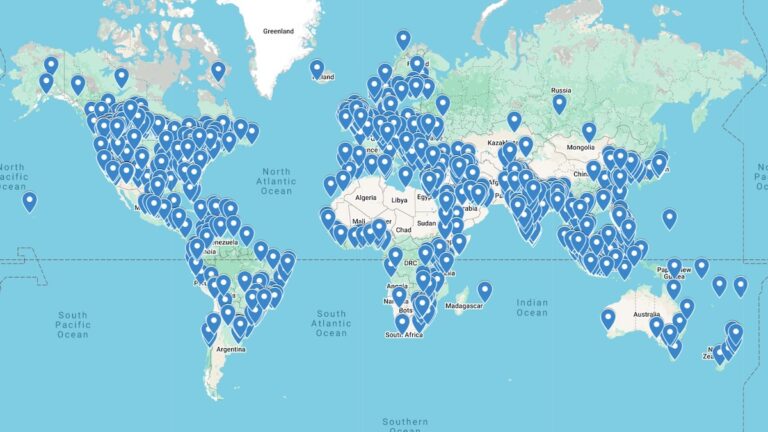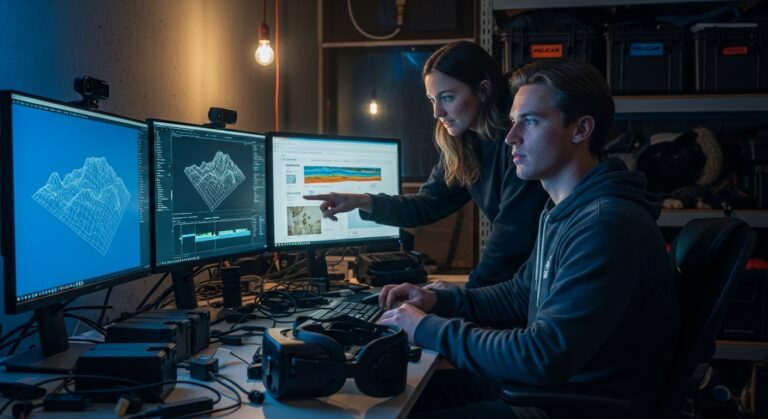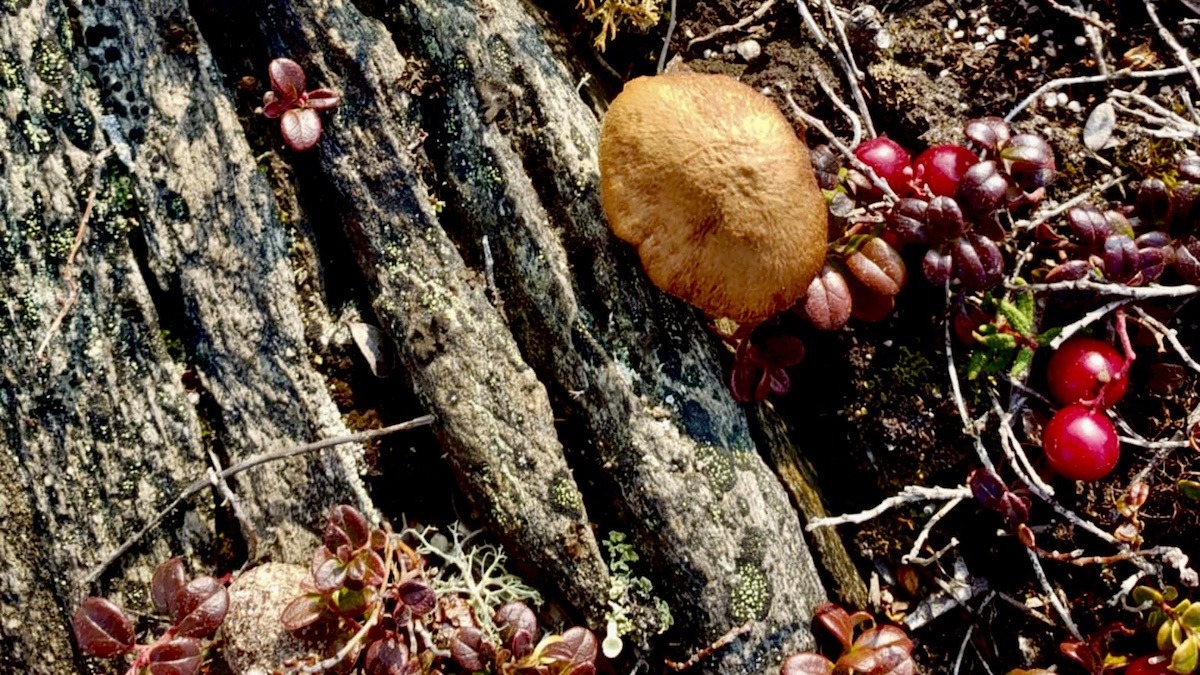
The Art of Cultivating Possibility
Conventional leadership is about having a plan, giving directions, and minimizing risk. Creative leadership is a different art altogether. The challenges we face are too complex for any single leader to have the answers. The creative leader’s role is not to provide the map, but to be the compass. Their mandate is not to have all the answers, but to create the conditions for new questions to emerge. It is the subtle and profound art of holding the space for possibility, of nurturing a team through the ambiguity of the unknown, and of cultivating an environment where breakthrough ideas can be born.
The creative leader is a host, a facilitator, a gardener. They know that their job is not to produce the brilliant flower, but to tend to the soil, ensuring it is rich with trust, curiosity, and psychological safety.
Leading from the Center, Not the Top
The image of a leader at the top of a pyramid, issuing commands, is an obsolete model for a complex world. A creative leader leads from the center of a circle. Their role is to hold the purpose of the group, to gently maintain the boundaries of the space, and to ensure that energy and information are flowing freely between all members of the team. They speak last, not first. They ask questions more than they give answers. They are more concerned with the health of the team’s relationships than with their own authority.
This requires a unique set of skills: deep listening, a high tolerance for ambiguity, the ability to synthesize diverse perspectives, and a genuine humility in the face of uncertainty. It is a form of servant leadership, where the leader’s primary motivation is to enable the success and growth of others.
Designing for Serendipity
Breakthrough ideas are rarely the product of a linear, predictable process. They often emerge from unexpected connections, from “happy accidents,” from moments of unstructured play. A key role of the creative leader is to be a designer of serendipity. They intentionally create the conditions that increase the likelihood of these valuable, unplanned encounters.
This can be as simple as designing a physical workspace that encourages people from different teams to bump into each other, or as structured as hosting a regular “show and tell” where people can share nascent, half-formed ideas without fear of judgment. It means building “slack” into the system—time that is not allocated to a specific task, but is available for exploration, for conversation, for following a moment of curiosity. The creative leader knows that efficiency and creativity are often opposing forces, and they have the wisdom to know when to prioritize one over the other.
Provocations for the Leader
- In your next team meeting, try to only ask questions. See what happens.
- How can you create a “safe to fail” experiment this week? How can you celebrate the learning that comes from an idea that doesn’t work out?
- Who on your team is an “introverted thinker” whose voice might not be heard in a traditional brainstorming session? How can you create a different kind of process to invite their wisdom?
- What is one “rule” or process in your organization that is stifling creativity? What would happen if you removed it for a day?
About the Program
ECO-STAR NORTH is a multifaceted initiative that operates at the intersection of applied research and interdisciplinary arts. At its core, the project is a rigorous inquiry into how mainstream innovation frameworks can be thoughtfully decolonized and adapted to serve the unique cultural and economic landscapes of creative communities. Rather than a top-down model, it functions as a living social sculpture, employing community-led, arts-based methodologies to co-create tools and knowledge. The project weaves together threads from creative entrepreneurship, artificial intelligence, climate action, Indigenous epistemologies, and emerging technologies, framing the development of a sustainable and sovereign creative economy not just as a business challenge, but as a collective work of interdisciplinary art.
This project was made possible throughout 2025 with generous support from the Minneapolis College of Art and Design Creative Entrepreneurship Program, Enterprise Development Group, The Arts Incubator Winnipeg, Art Borups Corners, The Labovitz School of Business and Economics at the University of Minnesota Duluth, Manitoba Arts Council, The Ontario Arts Council Multi and Inter-Arts Projects program, and the OpenAI Researcher Access Program.

